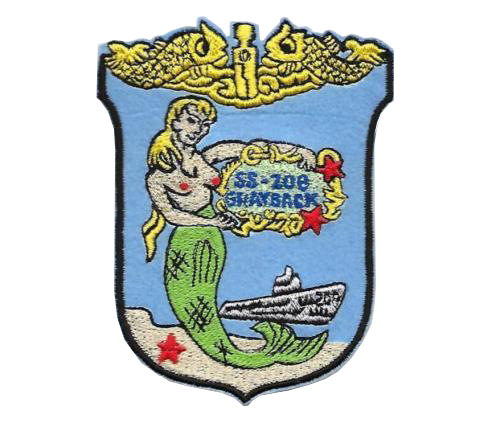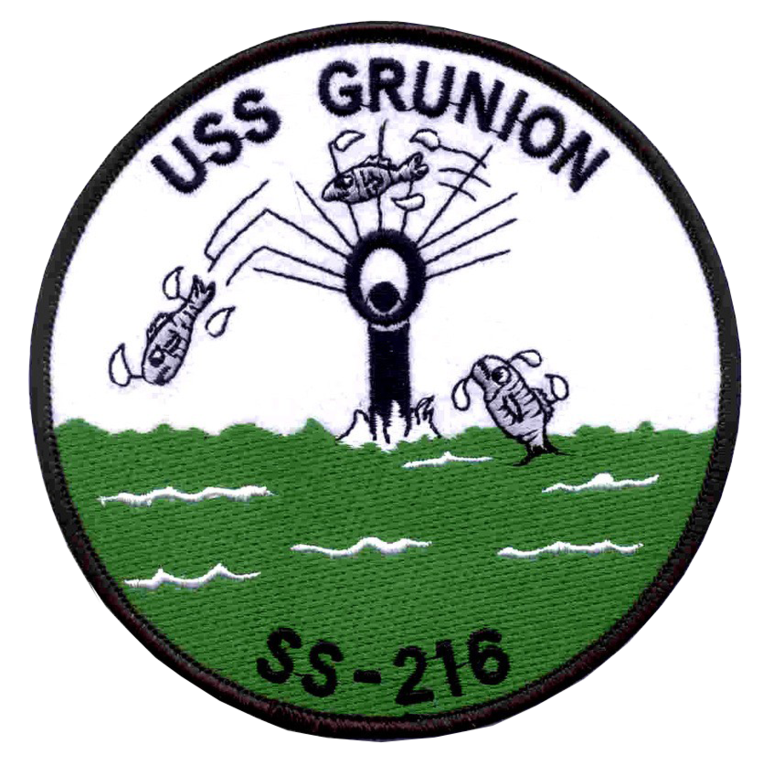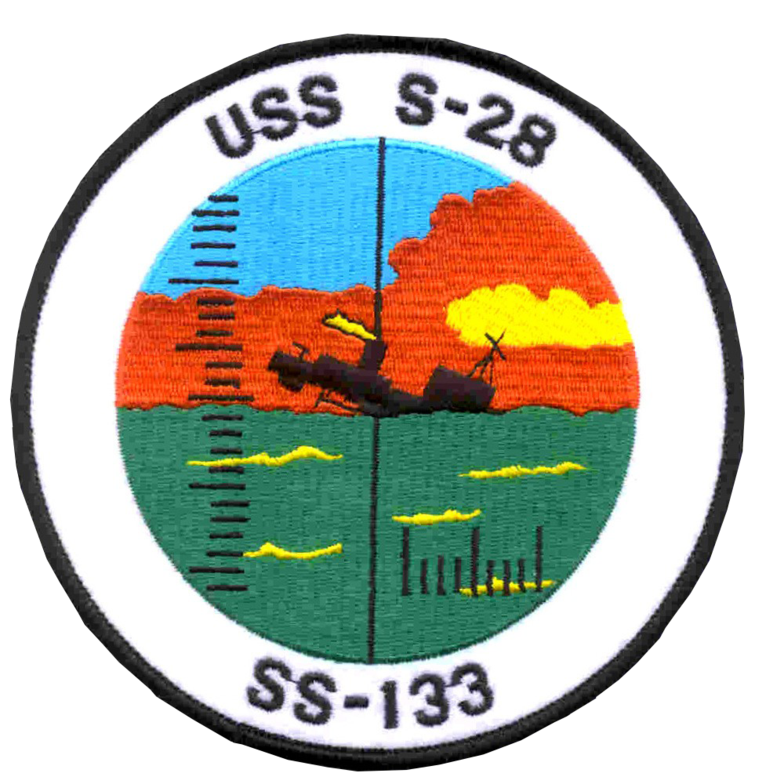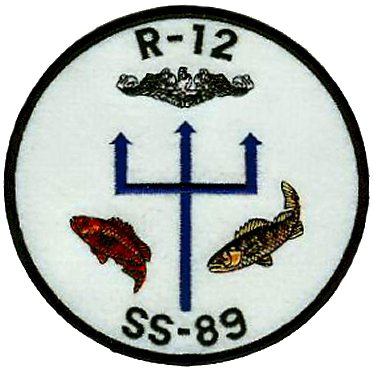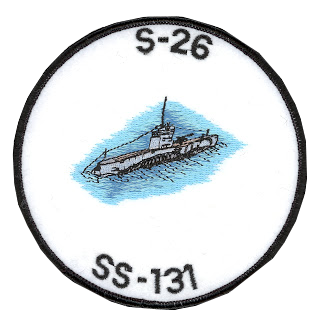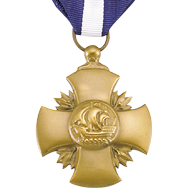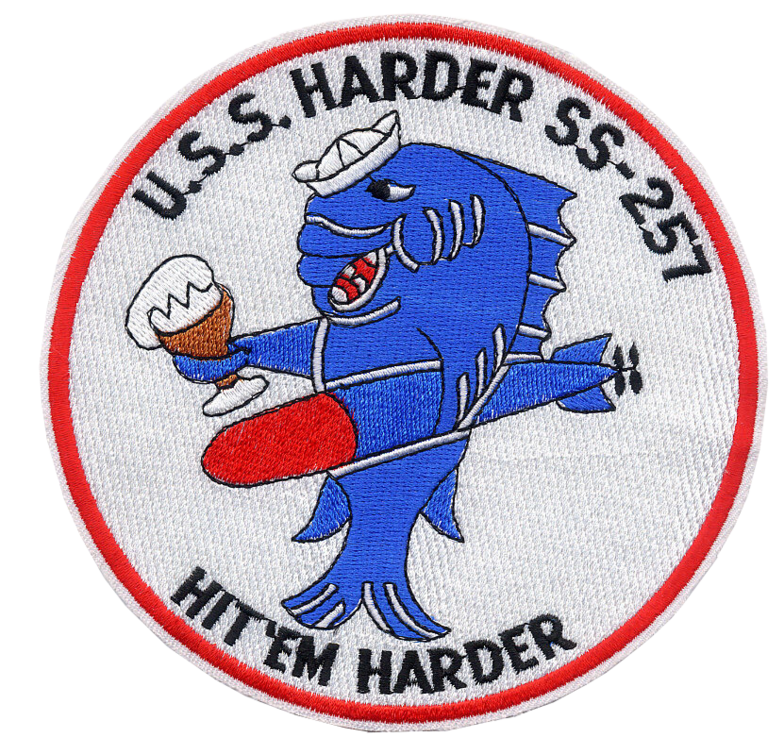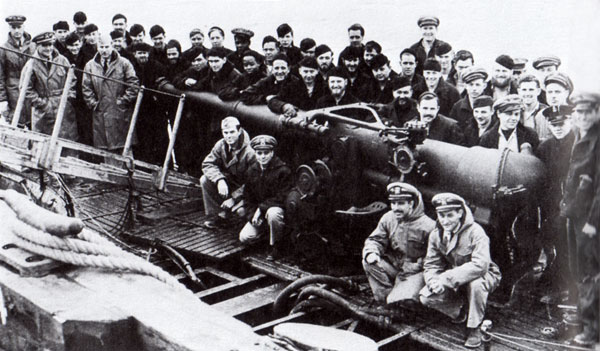a 501(c)3 Ocean Outreach Project
Honoring the men their memory and their mission
The USS S-26 is and S-Class submarine built at the Fore River Plant of the Bethlehem Shipbuilding Corporation...a subcontractor of the Electric Boat Company of New York City, New York ...at Quincy, Massachusetts.
World War II
On 7 December 1941, S-28 — then a unit of SubDiv 41 — was undergoing overhaul at Mare Island. On 22 January 1942, the work was completed, and she returned to San Diego, where she resumed her prewar training activities for the Underwater Sound Training School. She continued that duty into the spring, then was ordered north to the Aleutian Islands to augment its defenses.
On 20 May, S-28 — with other submarines of her division — departed San Diego. Five days later, they stopped off at Port Angeles, Washington, then continued on toward the newly established submarine base at Dutch Harbor, Alaska. On 29 May, however, as preparations were made to minimize a two-pronged Japanese thrust against Midway Island and the Aleutians, the S-boats were directed to proceed to their stations, bypassing Dutch Harbor.
1st War Patrol
During a quickly extinguished fire in her port main motor on the morning of 1 June, S-28 suffered minor damage. That evening, she parted company with her sister ships and their escort, and, the next day, she entered her assigned area and commenced patrolling the approaches to Cold Bay on the tip of the Alaskan Peninsula. On 3 June, the Japanese bombed Dutch Harbor to open the war in the Aleutians, and, within the week, they had occupied Kiska and Attu. On 12 June, S-28 arrived at Dutch Harbor, refueled, took on provisions, and headed west to resume her war patrol.
On 15 June, she crossed the International Date Line, and on 17 June — after a two-day storm — she sighted Kiska and set a course to intercept enemy shipping between there and Attu. On 18 June, she fired on her first enemy target — a destroyer — and was in turn attacked. Eight hours later, sounds of the destroyer's search faded out to the south. S-28 had survived her first encounter with Japanese antisubmarine warfare tactics.
2nd War Patrol
Poor weather soon returned, and storms raged during 80% of her remaining time on station. On 28 June, she moored in Dutch Harbor and commenced refit. On 15 July, she got underway and again headed for the Kiska area. On 18 July, she reconnoitered Semisopochnoi, then moved on to Segula. Finding no signs of Japanese activity, she continued westward. On 20 July, she was ordered to take station on an 85 mi (137 km) circle from Sirius Point prior to sunrise on 22 July, at which time the enemy's facilities on Kiska were to be bombarded. The bombardment was delayed, and S-28 remained on that more distant station until 30 July, when she was ordered back into the Kiska area. On 18 August, having been unable to close any of the targets sighted during the latter part of her patrol, she returned to Dutch Harbor.
3rd War Patrol
On her third war patrol — 16 September-10 October — S-28 returned to the Kiska area. She operated to the north of the island until 25 October; then, with the discovery of the enemy's development of Gertrude Cove on Vega Bay, she shifted to the island's southern shore. On the night of 6–7 October, she turned toward Unalaska; and, on the morning of 10 October, as she prepared to fire on an unidentified vessel, a ground in her fire control circuits caused an accidental firing from the No. 1 tube.
That afternoon, S-28 arrived back in Dutch Harbor, whence she headed for home. She reached San Diego on 23 October, and provided training services for the West Coast Sound School and for the Amphibious Forces Training Group from 26 October-13 November. Then, during an overhaul, she received a fathometer, a Kleinschmidt distilling unit, and SJ radar. On 9 December, she again sailed north. On 16 December, she reported by radio to Task Group 8.5 (TG 8.5); and on 21 December she returned to Dutch Harbor.
4th War Patrol
Six days later, S-28 departed on her fourth war patrol. On 3 January 1943, she crossed the International Date Line, and on 5 January she entered her assigned area in the northern Kuril Islands. Moving down the Paramushiro coast, she patrolled in Onekotan Strait; then headed north again, and on 20 January passed Shumushu, whence she set a course for the Aleutians.
5th War Patrol
During her fifth war patrol — from 6–28 February — S-28 remained in the western Aleutians, patrolling across the Attu-Buldir-Sirius Point route and along the coast of Attu, particularly off Holtz Bay, Chichagof Harbor, and Sarana Bay. Poor weather and lack of speed, however, impeded her hunting.
On her return to Dutch Harbor, S-28 was ordered south, and on 4 March she got underway for Esquimalt, British Columbia, where — from 15 March-15 April — she conducted sound tests and antisubmarine warfare exercises with Royal Canadian Navy and Air Force units. She then continued on to the Puget Sound Navy Yard for overhaul and superstructure modification work. On 27 June, she started back to Alaska, and on 13 July she departed Dutch Harbor to return to the northern Kuril Islands for her sixth war patrol.
6th War Patrol
Again, she patrolled off Paramushiro and in the straits to the north and south of that island. Again, she was hindered by the weather, obsolete design, and by mechanical failures. On 14 August, she headed east, and on 16 August she moored in Massacre Bay, Attu and commenced refit.
7th War Patrol
The late arrival of needed spares from Dutch Harbor delayed her readiness for sea, but on 8 September, S-28 departed the western Aleutians to return to the northern Kuril Islands. On 13 September, she entered her patrol area. On 15 September, severe smoking and sparking from her port main motor necessitated 14 hours of repair work. On 16 September, she transited Mushiru Kaikyo; and, on the afternoon of 19 September, she closed an unescorted freighter off the island of Araito. Her torpedoes missed their mark. The "freighter" turned and within minutes had delivered the first two depth charges of a 10-minute attack. The Japanese ship searched the area for an hour, then departed.
S-28 reloaded and continued her patrol. At 19:16, she contacted a second unescorted enemy vessel. At 19:43, she fired a spread of four torpedoes. At 19:44, two of the four exploded. The target took on a 30° list and began to go down by the bow. At 19:46, the 1,368 long tons (1,390 t) converted gunboat Katsura Maru Number Two sank, bow first, her stern vertical in the air. Five loud underwater explosions followed her disappearance. S-28 went deep and rigged for a depth charging which did not materialize.
Into October, S-28 hunted just north of Araito and off the coast of Kamchatka. On 5 October, she moved through Onekotan Strait and continued her patrol on the Pacific side of the Kuril Islands. On 10 October, however, a crewman developed severe appendicitis, and she turned toward Attu one day ahead of schedule.
USS S-28 War Service

